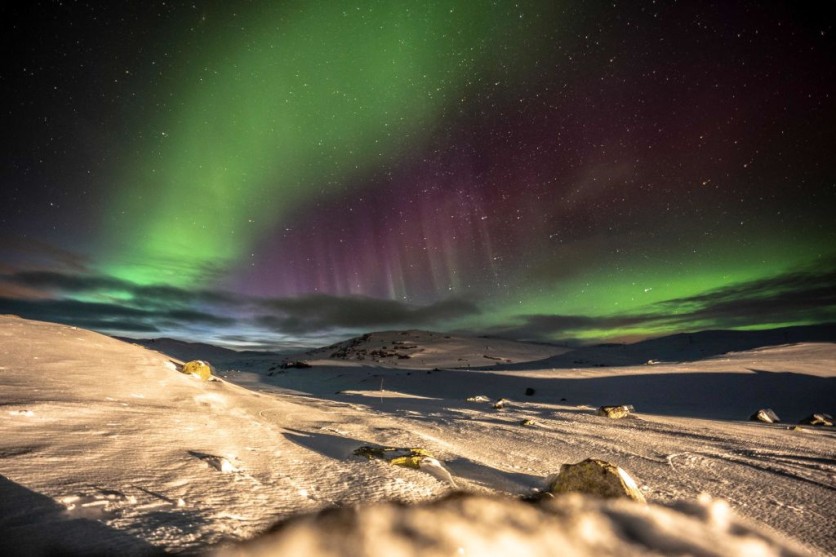The northern lights, also known as the aurora borealis, are a mesmerizing celestial occurrence in the Arctic regions. Although it displays the creative talent of nature, this ethereal display is really the result of a complicated interaction between cosmic particles, magnetic fields, and atmospheric chemistry. Explore the mystery represented by the northern lights and learn the mysteries underlying their production.

Energy From Beyond
The aurora borealis is a phenomenon that originates from the Sun, a massive sphere of searing gases, and charged particles, including electrons and protons, which are propelled into space through a solar wind. This wind, traveling at speeds of 250 to 500 miles per second, eventually draws near to Earth after a few days in the cosmic seas.
Global Grid
Over 6,000 miles from the surface of the Earth, a three-dimensional space called the magnetosphere and an atmosphere coexist. The aurora borealis, a manifestation of Earth's magnetic influence, is produced by the solar wind's interaction with charged particles and the planet's magnetic field.
Nitrogen and oxygen molecules interact with charged particles in the Earth's atmosphere, generating energy transfer and raising electrons to higher states. This cosmic dance is comparable to a cosmic party, and at high energies, charged particles may even eject electrons from their hosts, ionizing the atmosphere and generating instability.
How the Magic Happens
Excess energy is released in the form of radiant light as stimulated particles reach equilibrium. This celestial show starts around 50 miles above sea level and takes place in the thermosphere. The bright waves that are released as energy illuminate the arctic night sky.
A celestial equivalent to the luminous brilliance is provided by the aurora borealis, which is seen in the Northern Hemisphere, and its counterpart, the aurora australis, which is found in the Southern Hemisphere.
Due to the Sun's solar wind emission, the northern lights, a celestial phenomenon, are always visible. Until sunset, these lights are invisible to human sight. The excitation of oxygen and nitrogen molecules causes the auroras, which appear in greenish-yellow colors and red-wavy patterns.
The unexpected character of these lights, which might be compared to chasing shadows in the cosmic abyss, presents a challenge to those who desire to see them.
The greatest time to see the aurora borealis is during the winter months of September to March when the skies are covered in darkness for extended periods of time. Prime viewing locations may be found in places like Iceland, Sweden, Finland, Norway, Canada, and Alaska.
Related Article : Aurora - and Borealis - Will Tackle Humanity's Most Pressing Issues

ⓒ 2025 TECHTIMES.com All rights reserved. Do not reproduce without permission.




